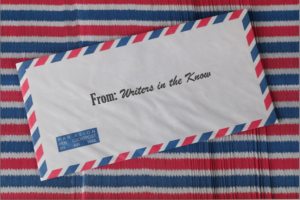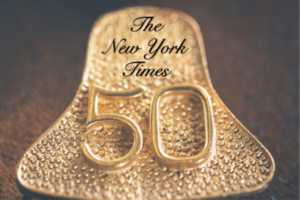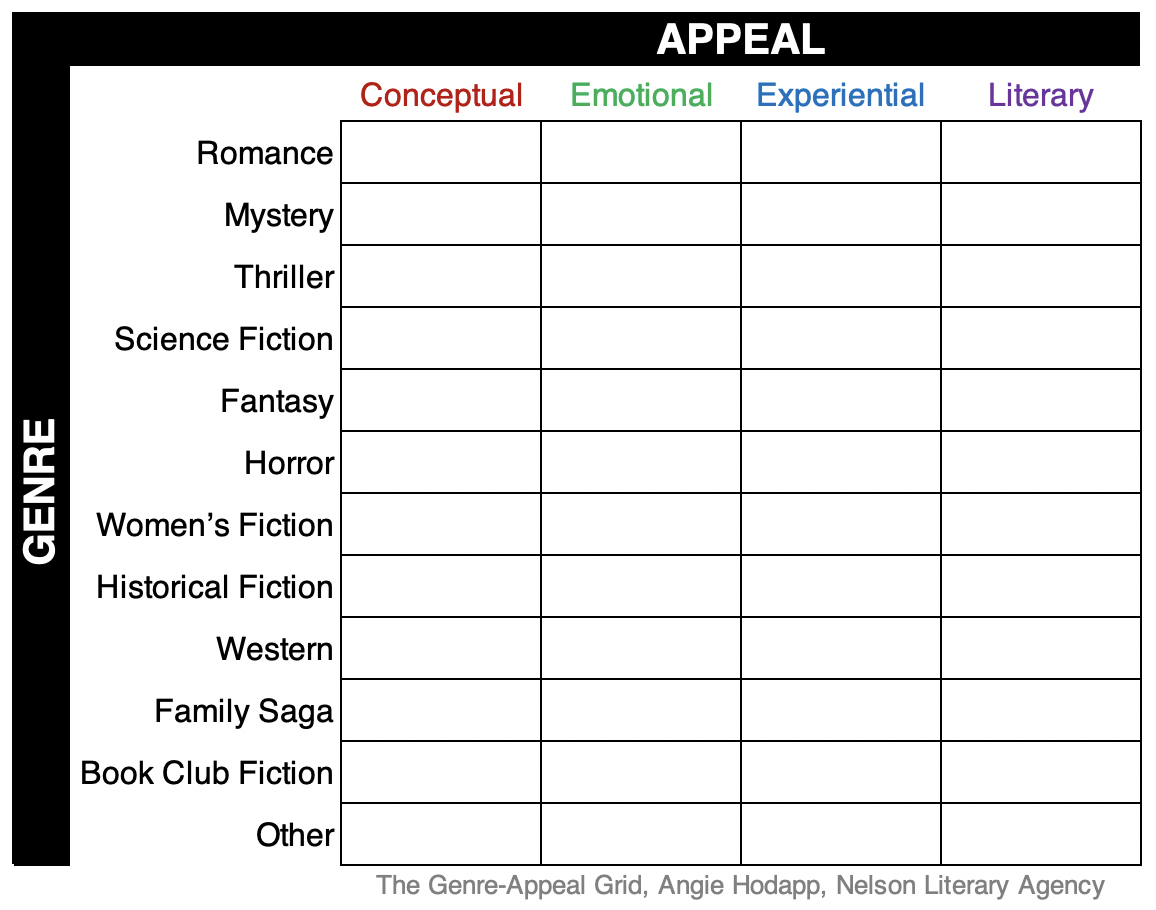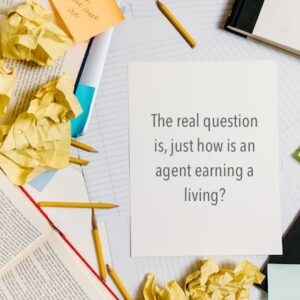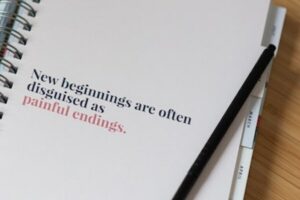This Month, NLA had the pleasure of interviewing Kristin Nelson’s client Josh Malerman, author of recently released novel Pearl and New York Times bestselling novel Bird Box.
In your new novel, PEARL (Del Rey, October 12), an unusual suspect—a pig—might just be responsible for the grisly havoc on Walter Kopple’s farm. How do you give a voice to non-human characters? How do you keep the voice consistent?
I’m interested in what I’ve come to think of as the space “between intelligences”, the idea that we are no smarter than animals and animals are no smarter than us, that our minds work in different ways and so therefore there’s a canyon (or a distance anyway) between how we process, how we exist. Now, that space between those intelligences… that’s fun. Not the differences so much as the irreconcilable differences. So, Pearl, to me, is a living creature that finds himself capable of traversing that space, of experiencing both states of mind. His entire life he’s been “elevated,” but today, the day of the book, is when he finally glimpses the full potential of his mind. To me, because it’s day one of discovery, there must be a sludginess to how he’s handling it, even to how he’s evolving. And it’s in there, in that sludge, that I found his voice. It’s atonal. It’s half-right. It’s brilliant. It’s simple. And as he grows? As the day grows long? He can (and must) change, too. Because that’s what today is for Pearl: the day he rises above.
Besides an “un-put-down-able thriller,” Kirkus calls PEARL “part twisted fairy tale, part animal rights protest, part PTSD drama, and part Triumph the Insult Dog.” I love that! What’s your response to that endorsement? Is there anything you’d add?
Well, I’m glad they liked it. That’s for sure. And I like all that. But I definitely see Pearl as more akin to Joe Dante’s segment of Twilight Zone: the Movie, in which the little boy Anthony has God-like powers and lures people into his mental web. Pearl to me is more Carrie than Charlotte’s Web, more slasher, too, than fable. As goes the animal rights part of things: I’m a vegetarian and I was more than happy to see Pearl gain power by the minute, especially over those who dismissed him as product. In some ways, I really relate to Pearl. Insomuch as he’s ambitious: he had a glimpse of what he is capable of and I’m not sure anything can stop him from reaching that mountaintop. At the same time? I wouldn’t want to drive too close to Kopple’s Farm. I’m the exact kind of persuadable person who would be sucked right up into that telekinetic web without knowing I was.
With PEARL, you took a wild and maybe tough-to-take-seriously premise and succeeded in making it an acclaimed work of slasher horror that’s twisty, dark, and truly chilling. That’s not easy! Was that a challenge you set out for yourself with this project? Or is this a story that took on a life of its own as you wrote it?
Let me tell you! While working on the books, any time I was talking to friends and they’d ask what I was up to, it was nearly impossible to explain this story. The second I started to do it, I’d feel like, “WHAT am I talking about?” But Pearl is one of those books where the actual book itself is better than the “pitch” and I think we’d all rather write books like that in the end. But from my angle, it wasn’t a difficult book to write because, like the river in Bird Box or the Trail in Unbury Carol, Pearl’s evolution is something of a straight line, right? A clean path upward and outward, his “web” stretching out and out to all the locals in town until almost everybody is stuck in his design. In other words: it grew, on itself, and it wasn’t hard to “top” the scene before it with each day’s writing because Pearl got more powerful as the book grew, too. Then again, all the books take on a life of their own, in a way, especially when you don’t outline. And I almost never do!
It feels like horror is really opening up right now and making space for storytellers to explore new concepts and themes in unique ways. What story-development advice do you have for writers who might be working on finding their niche in this expanding horror space?
Well, trends scare me. They always feel like moving targets. At the same time, I’d already written some 14 books by the time my first came out and so now I’ve got a back log of twenty-four books or so and sometimes it’s tempting to choose one of them to come out next if the horror-verse seems to be leaning its way. I guess my advice would be this: you think you have “your” voice and there are voices you believe are more elastic, more far-out, than your own. You can equate this to music. And a young musician might think, I could never be as expansive as David Bowie, as St. Vincent, so I’m not going to try. But the thing is, you’re not David Bowie (and thank God for that! David Bowie is David Bowie, you are you), so if you try to stretch like he did, you’re going to end up with a different result, but you will still have stretched. Am I making sense here? What I mean to say is: go for the idea that feels a little outside your idea of yourself, and once you do it? Then that book is now part of your style, your voice, yourself. And if you do this enough times, you’ll end up closer to the artist you want to be than if you never make a move to stretch at all.
Finally, because inquiring minds always want to know, tell us about your writing habit. Any charms or talismans hanging around your writing space? Any rituals you do to get you into the creative headspace? Or can you just sit down anywhere, anytime, and write?
It used to be I wrote novels in a bus, in a van, touring America. I wrote in bars, restaurants, people’s homes that were housing us. Dad’s basement and all-night coffee shops. Everywhere. These days I’m mostly in my office, with a horror movie soundtrack playing on the record player. But I’m still game for doing it anywhere, and maybe I should. Maybe your question will prompt me to write another one freehand. I love doing it that way. One thing I’ve noticed is this: while there isn’t an overall routine to how I write books, a routine does exist for each book in and of itself. Bird Box was written from around 8AM to 11:30AM every day, about 4,300 words a day. Ghoul n’ the Cape was usually in the afternoon, 1000 words a day. So those experiences were totally different, but consistent in and of themselves. And there is one weird thing I do (that I can’t believe I’m telling you): I wink at the page or the screen when I think I nailed a scary scene. Yep. I actually wink at the book like, “Yeah, we did it. We did it.”



